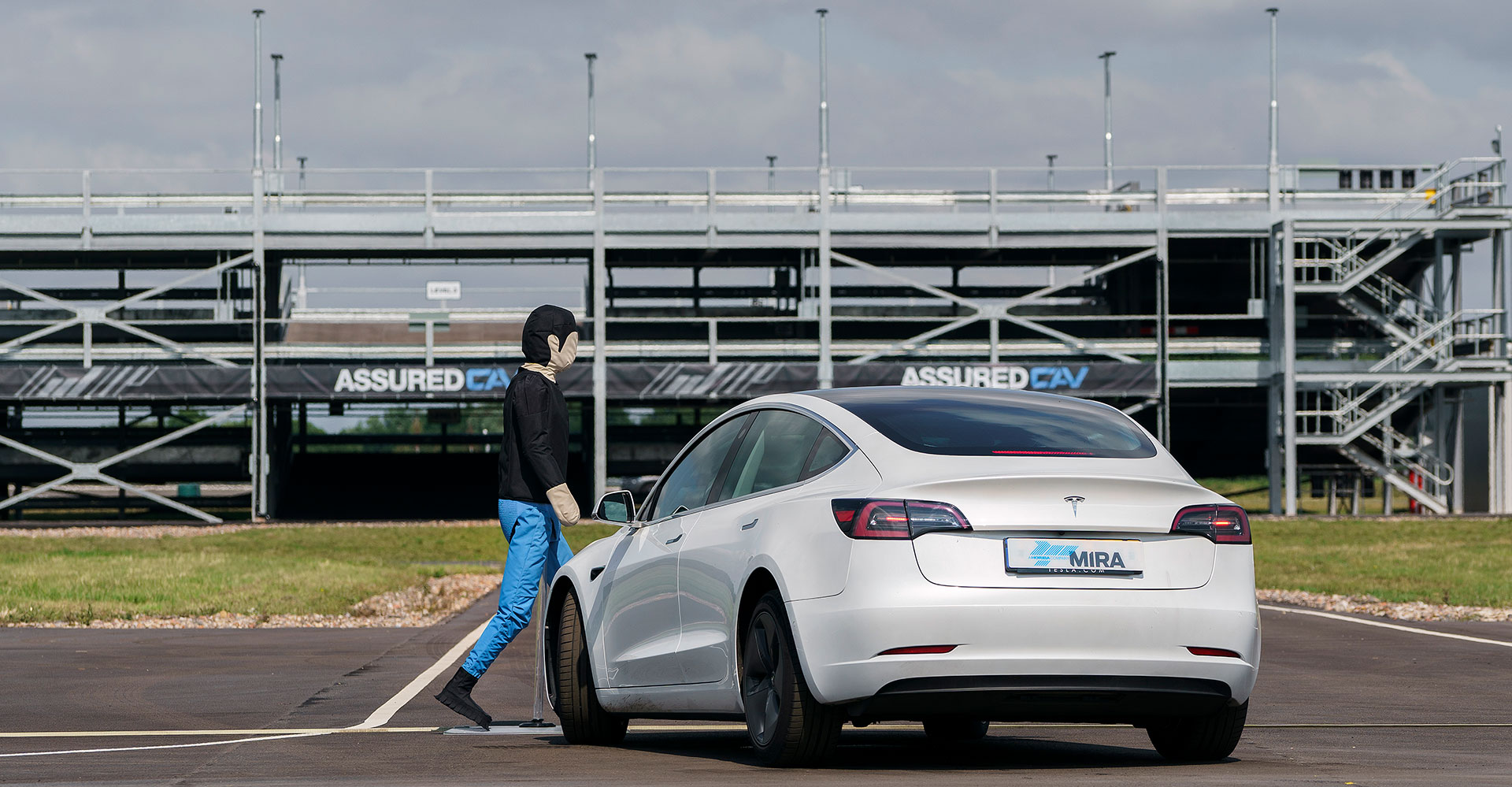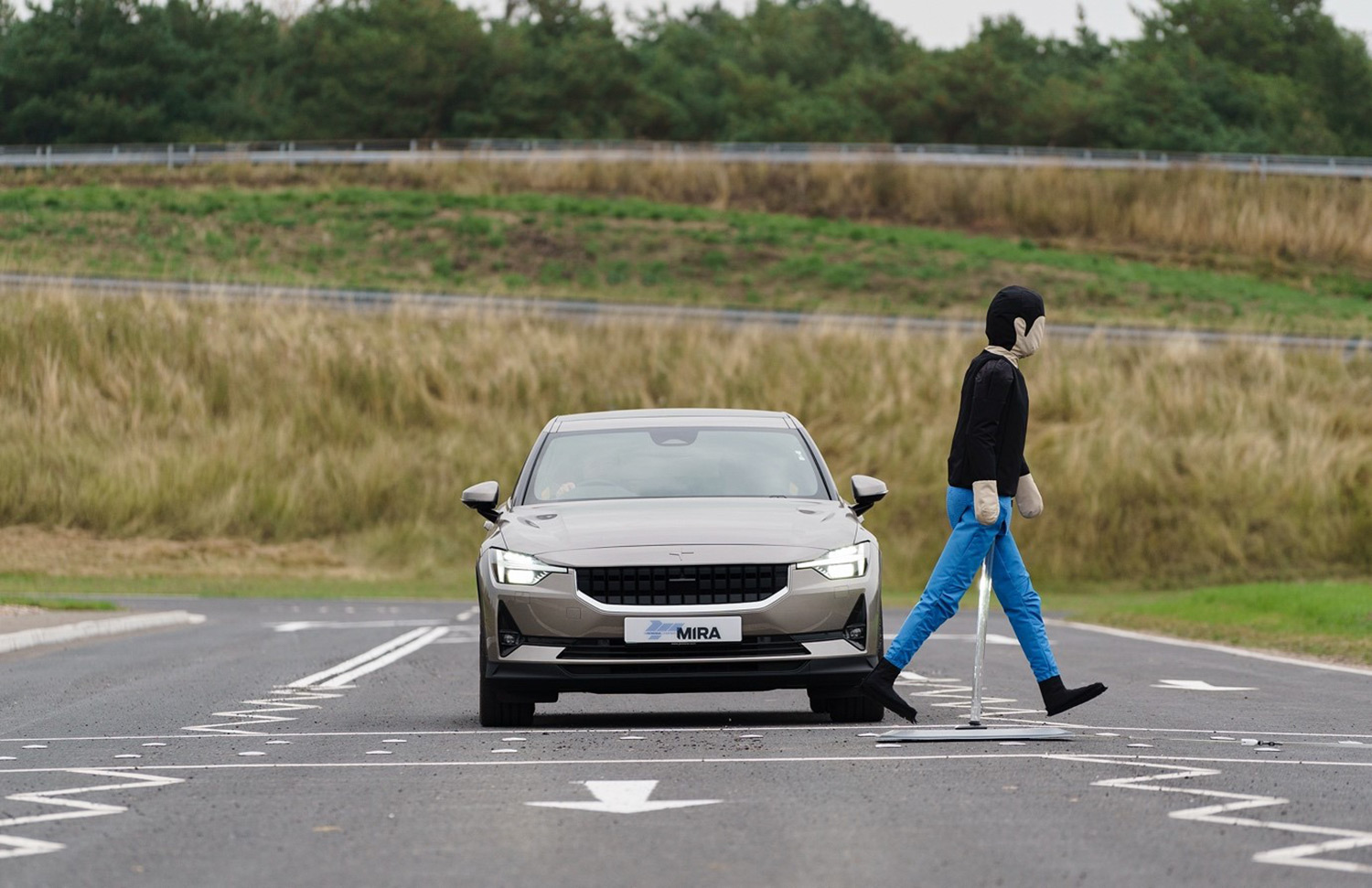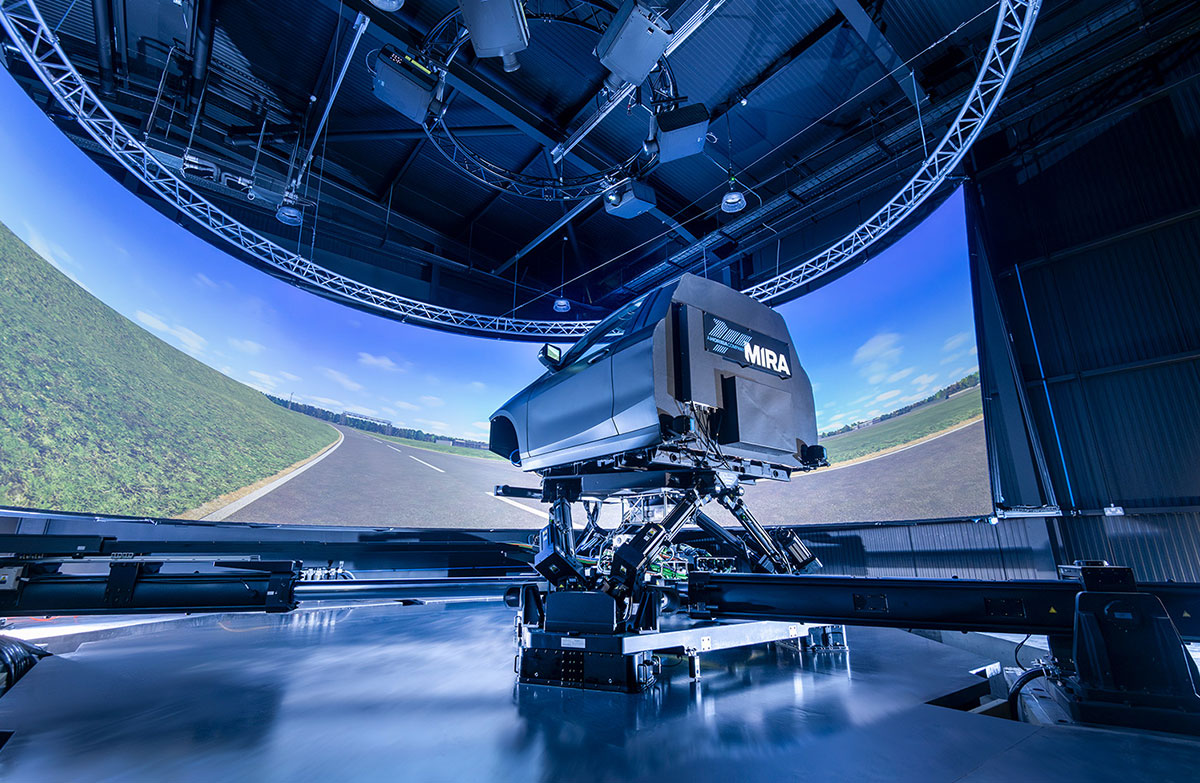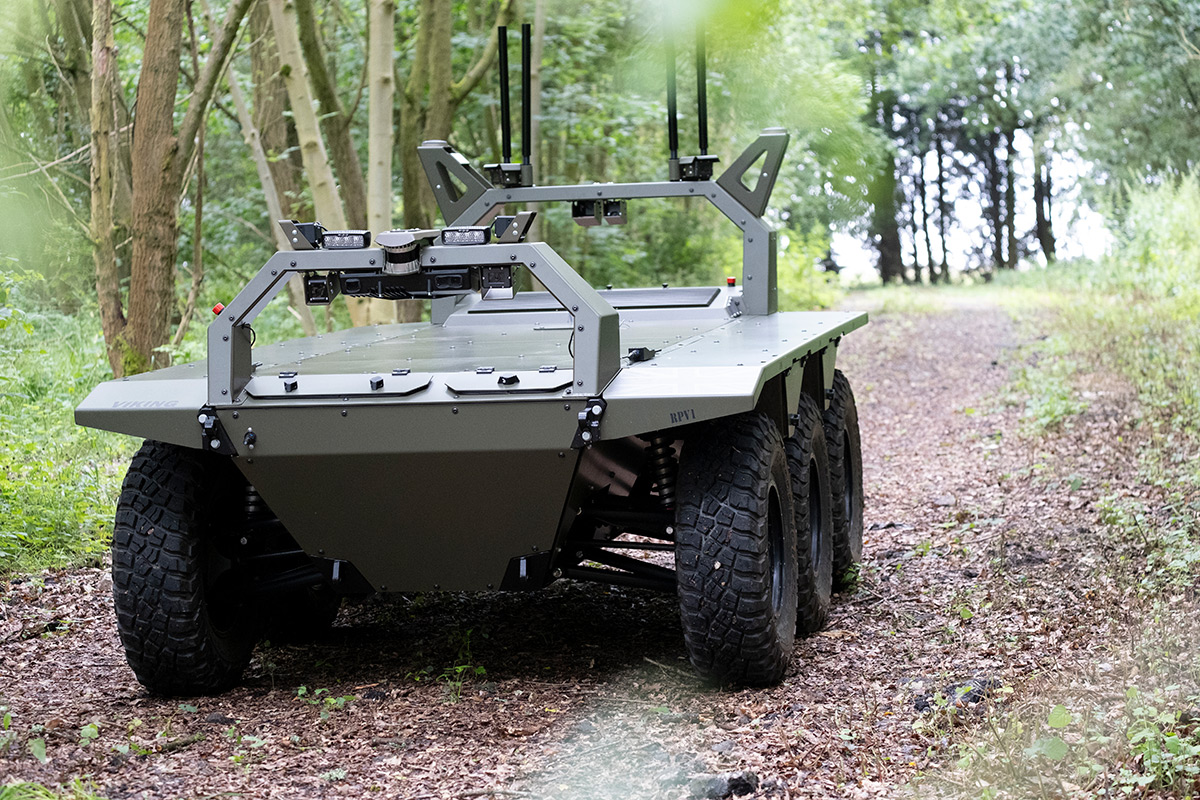Testing Times – vehicle safety, interoperability and performance

Anthony Martin, electromagnetic compatibility (EMC) Chief Engineer at MIRA, explains how next generation cars are changing the face of EMC testing.
In Part One of my blog about Next Generation Cars for the Digital World, I looked at the technological changes that will be embedded into the fibre of future vehicles, along with the importance for vehicle manufacturers to ensure safety, interoperability and performance.
As the race for superior connectivity and services between vehicle manufacturers ensues, there is a need for a better understanding of the issues ahead and new test methods to validate critical systems. This blog continues to address the EMC test and development issues facing vehicle manufacturers and explain how MIRA is working to overcome them.
Customers are demanding more and more features that increase safety, improve performance and enhance their overall driving experience. In addition, the drive towards vehicle automation and vehicle electrification have significantly increased the number of new and advanced technologies integrated into vehicles.
The EMC implications of new technologies for the connected and autonomous car are driving significant changes in the way that we test vehicles, along with the facilities and equipment we use.
Vehicle manufacturers could never be accused of ‘just kicking the tyres’ when it comes to EMC testing, they use stringent limits and robust test methods to validate products. In fact they could be accused of over-testing in some instances to ensure a high level of quality for customers and a good level of due diligence for safety.
But the game is changing, and it is changing fast. There are now a large array of partially automated systems on vehicles that are seamlessly integrated into a vehicle’s functionality. For systems such as automatic brake assist, it is difficult to know the point at which you are pressing a pedal, ‘because you think you have to’ or ‘out of instinct’, with no idea that the vehicle has taken over that function completely. For others such as automatic park assist, it is obvious.
For all vehicle systems we must ensure correct functionality in their intended EM environment. This means off-board RF threats such as high power phone and TV transmitters and on-board RF threats like mobile devices and installed transmitters. This verification is especially important for safety related systems that have functions that control or affect the safe operation of the vehicle. For the autonomous car, the list of safety related systems will increase dramatically. This will mean that all ECUs, sensors and actuators, taking the place of human functions will find themselves on the safety related function list, requiring a higher level of engineering rigour.
At vehicle level, a great deal of innovation, through the use of moving targets and a number of other intelligent test solutions, is required to test vehicle automation or vehicle assist functions in an EMC chamber. Accurate real world ABS testing takes this one step further, and is a good example of a test that cannot be performed in just any EMC chamber, you need one with specific capabilities. For this test, the vehicle must be fully instrumented and the EMC facility dynamometer (or rolling road) must be capable of simulating a two-G braking force to invoke ABS functionality. For components, a similar level of ingenuity is required to simulate and test real world functionality.
So what about the next generation of cars? Is it more of the same?
Yes and No. For Intelligent Transport System (ITS) enabled vehicles (or cooperative or V2x) the lines are far more blurred. This is because while a driver is behind the wheel of a vehicle, they will continue to be the ‘safety override’ as they can apply the brakes. All partially automated functions will be there to assist only and will be tested as such. However as these vehicles become more and more autonomous and the driver, or ‘safety override’, is removed from the system; so the EMC development and sign-off engineering required for in-vehicle systems and the roadside infrastructure, upon which they are reliant, will become more complex.
We will be able to use the same targets for the multiple sensor systems that will be fitted to autonomous vehicles including 360° peripheral camera systems and LiDARs, however there will need to be a greater level of diagnostic information available to understand which systems are in error if RF related events are uncovered. The reliance of automated systems on a combination of signals from all available sensors and inputs, and the increase in safety requirements, means that understanding the source of malfunctions will require a significant increase in effort during the EMC engineering process. A new level of EMC engineering rigour is required to ensure that these systems are safe, robust and reliable in their intended EM environment.
Ironically it is the demand for connected and autonomous cars that is causing changes in the EM environment in which these systems must operate, with the inclusion of high frequency vehicle integrated technologies such as 5 GHz WiFi and the 6 GHz ITS. These are driving changes to both the susceptibility test frequencies and emissions bands included in International and OEM component and vehicle EMC standards. This has the knock-on effect of increasing the bandwidth and upper frequency of the EMC test antennas we utilise and the measurement and capability requirements of our test receivers and power amplifiers.
These changes in the way we test and the equipment we use will allow vehicles of the future to be signed-off robustly, allowing our customers to successfully deliver feature-packed cutting-edge vehicles to a market that demands safe, reliable and functional products.
I was recently on a short flight back from Europe and was asked to turn off my mobile device. The device was already in airplane mode, but I switched it off, into standby mode. I was bemused after being tapped on the shoulder and asked to actually power the device down completely. Why I asked, and was told that it was foggy and the pilot was bringing the plane down with the full auto pilot system. Two things struck me at this point. Firstly if there were really a threat from a mobile device in airplane mode on standby then I should have packed a parachute as we were flying towards a high power transmitter minefield called an airport. Secondly if this type of health and safety concern was carried through to the automotive sector, it would be disastrous.
Planes like cars are rigorously tested against the threat of both off-board and on-board RF transmitters. Vehicles tested at MIRA undergo a number of tests to verify the robustness of systems and functions to the threat of mobile devices used inside the vehicle. We can’t test all positions within a vehicle or use all types of mobile devices, so we use test antennas and increase the transmit levels to allow a large safety margin.
So with this in mind, and the promise of sitting in an autonomous car – on full auto pilot all the time – working on our laptop or streaming films, are we going to have to turn off our devices and stop transmitting? No, and that is why MIRA are developing state-of-the-art test methods to provide robust systems for the connected and autonomous car.
As the race for superior features, connectivity and services between vehicle manufacturers ensues, I will continue to address the EMC test and development issues facing vehicle manufacturers and explain how MIRA is working to overcome them in my upcoming Engineer Guest Blogs.






